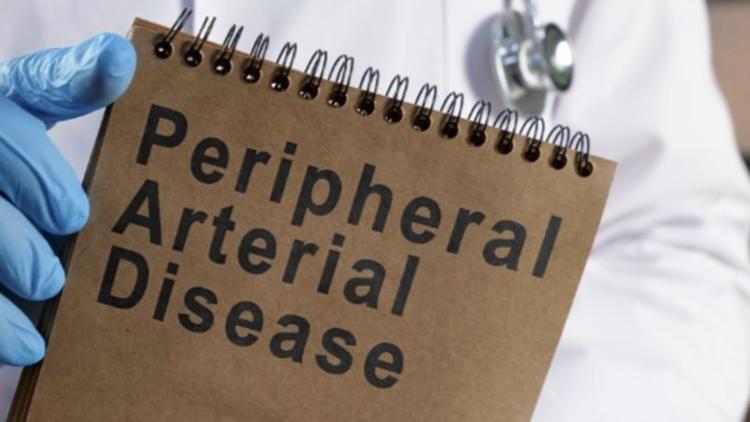In the United States, over 200,000 avoidable amputations occur annually, many linked to a condition known as peripheral artery disease (PAD). This often-overlooked ailment narrows the arteries, leading to reduced blood flow to the arms and legs. According to Dr. A. Landon Wellford, a cardiologist with Baptist Health System, many individuals mistake their symptoms for minor ailments like arthritis, which can lead to decreased activity levels and, consequently, severe complications.
Understanding Peripheral Artery Disease
Statistics from USA Vascular Centers indicate that between 10 and 12 million Americans are affected by PAD. Alarmingly, nearly 70% of those with the condition are unaware they have it. Furthermore, around 40% of PAD patients exhibit no symptoms until the disease has significantly advanced.
Dr. Wellford emphasizes the importance of screening, particularly for individuals with multiple risk factors. “The screening involves measuring blood pressure in the arm and comparing it to that in the leg,” he explains. “The lower the number in the leg, the more severe the problem may be.” This simple yet effective method can help identify those at risk before serious complications arise.
Risk Factors and Symptoms
Risk factors for PAD can be categorized into two types: unmodifiable and modifiable. Unmodifiable factors include age and family history of the disease. On the other hand, lifestyle choices play a significant role in the risk of developing PAD. High blood pressure, high cholesterol, diabetes, and smoking are among the most critical modifiable factors.
Individuals at high risk for PAD should be vigilant about common symptoms, which include:
- Leg pain
- Numbness or weakness in the legs
- Coldness in one leg or foot
- Sores on the legs or feet
- Slow healing of wounds
Dr. Wellford warns, “The more claudication you experience, the higher your chances of developing an ulcer that won’t heal, which could lead to losing a toe or even a leg.” Recognizing these symptoms early can be crucial for effective management and treatment.
As awareness of peripheral artery disease grows, health professionals emphasize the need for increased public education on the condition and its risks. By understanding PAD and its implications, individuals can take proactive steps to safeguard their health.





































































